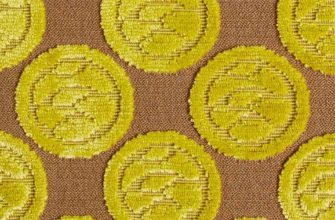Velour, used for furniture, is a fabric that is widely used in furniture finishing and car interiors. Its origin is associated with eastern countries, where it was initially considered luxurious and expensive, as it was made from natural silk. Today, velour has become widespread due to its practicality and durability, while maintaining its luxurious appearance.
Production of single-layer velour material
The main characteristic of velour fabric is the presence of pile. Velour material is created by interweaving five threads (two for the lower base and two for the upper), taking into account the pile part. Furniture velour is made using the warp-pile weaving technology, where the pile part is formed by the main threads. The fabric can be produced in one or two sections.
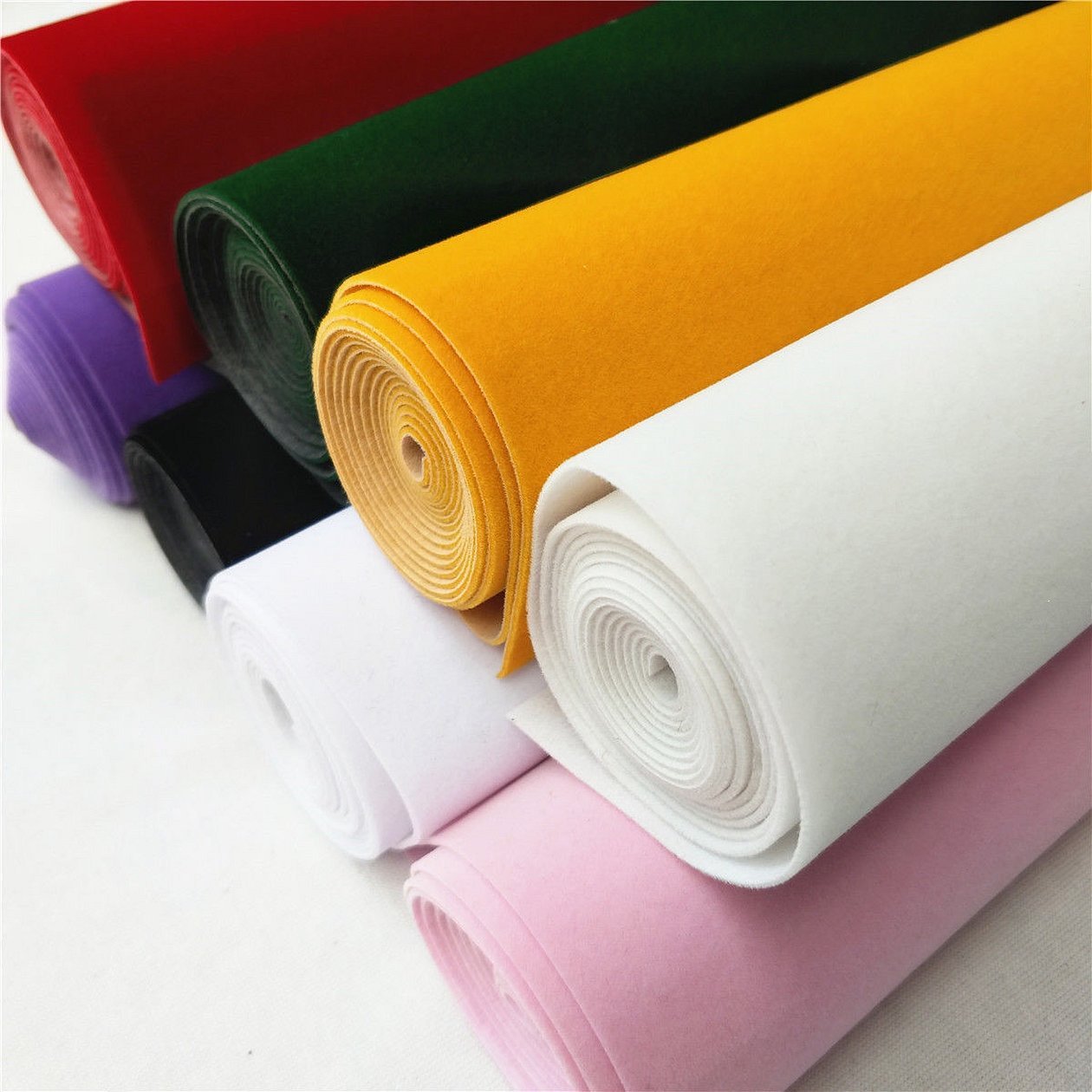
A rod is used as a base, which helps form loops. After the loops are formed, the rods are removed. Next:
- the loops remain intact - loop pile;
- loop threads break - cut pile.

Double layer production
The process of producing fabric using two layers is more complex. The base is created using two warp threads, to which weft threads are added, forming an additional layer on top. These two layers are connected using single-thread pile in a zigzag pattern. The pile part is then cut, forming two separate parts obtained using the five-thread method. In this technology, loop pile is not used.
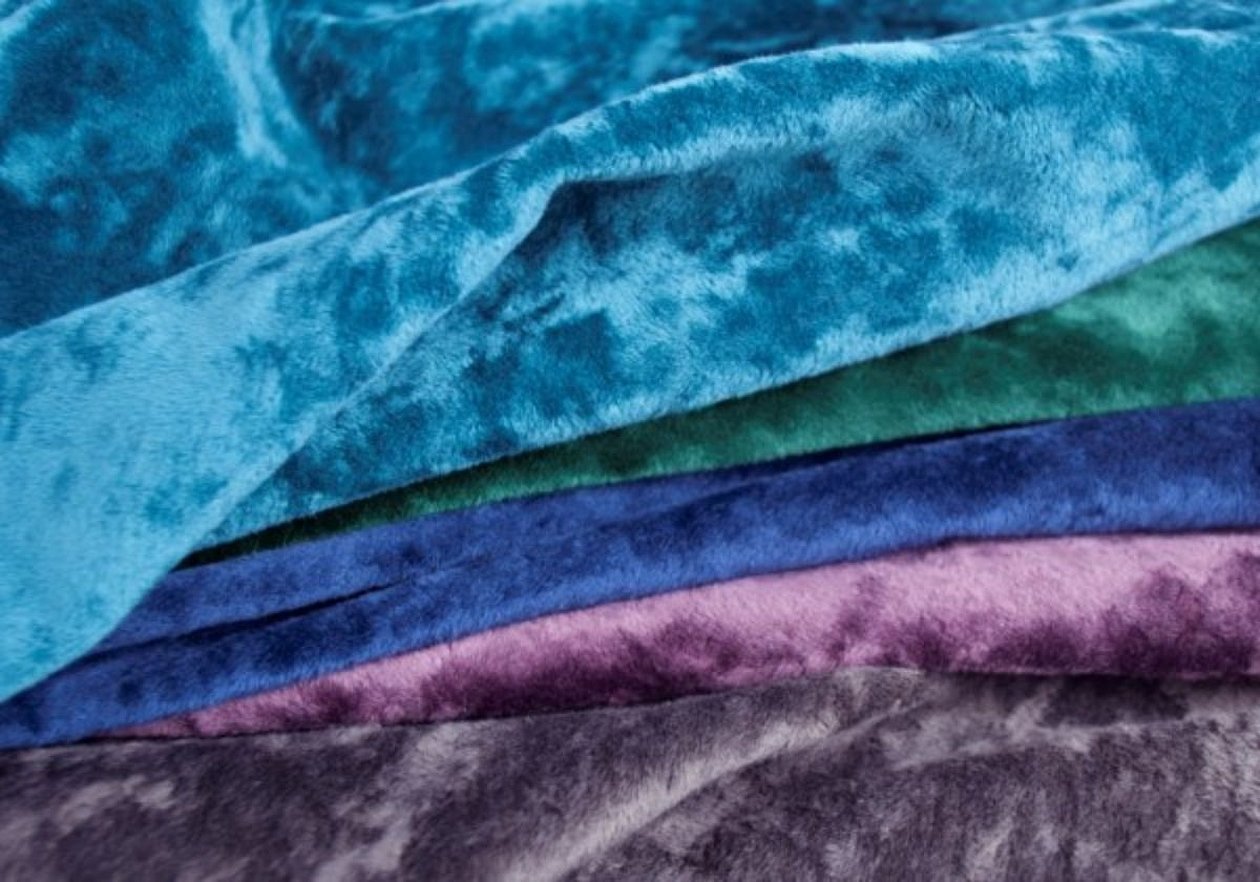
Description and composition
The material is available in several types and has different properties:
- Cotton velour is made from cotton. It is light, soft, dense and wear-resistant. Sometimes synthetic or artificial fibers are used to increase wear resistance. It is used in sewing clothes.
- Wool velour is made from yarn made from wool. It has a small but dense pile. It is used to make clothes and hats.
- Drape is made exclusively from the wool of merino sheep, being an expensive and thin material.
- The furniture version is made from different types of yarn. It is used in the production of sofas, chairs and other furniture items.
- Synthetic velour is made from synthetic fibers and is used for upholstery of car interiors. It is characterized by high durability, wear resistance and attractive appearance.
- There are also leather and fur options, but they are not considered fabric.
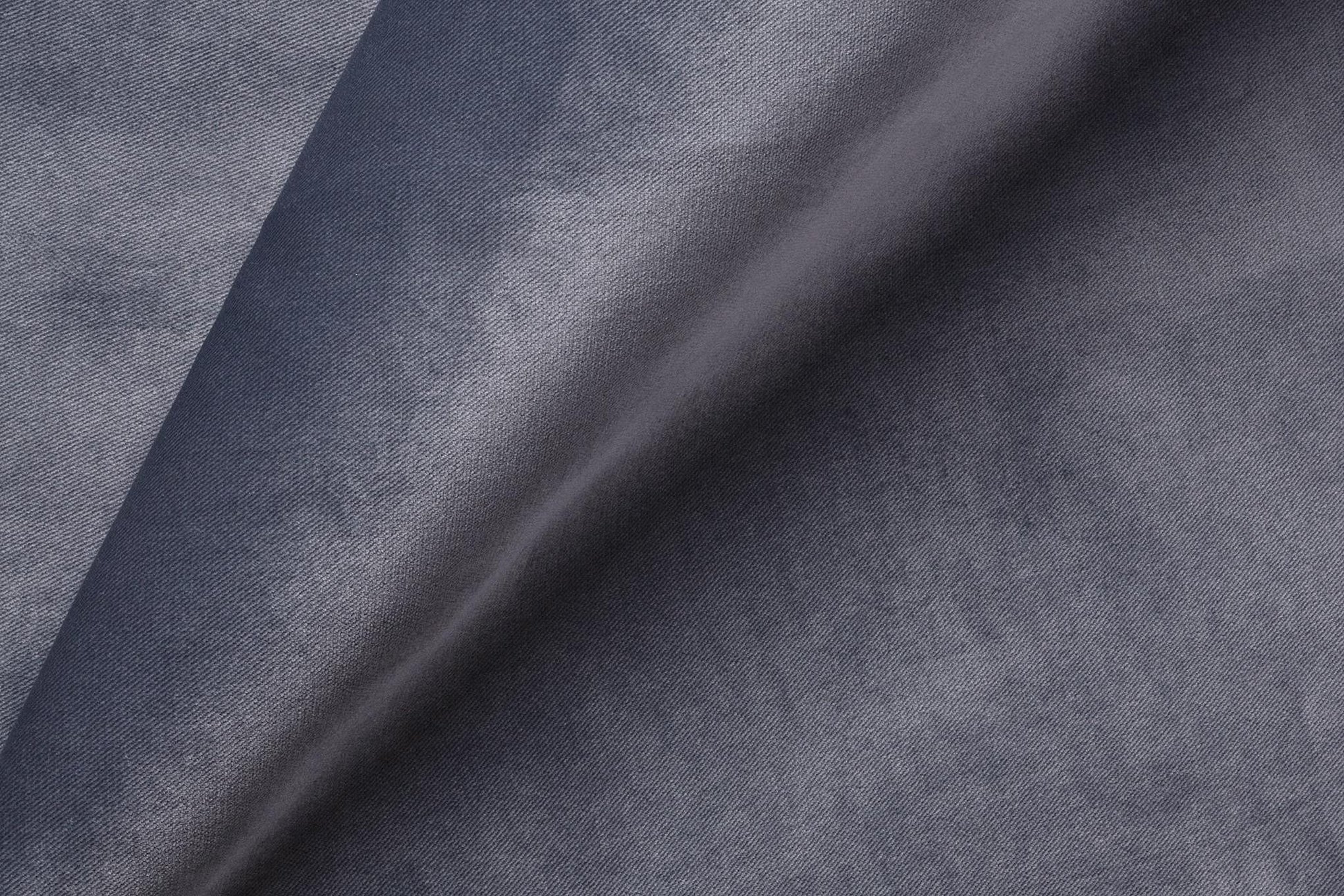
Types and palette
The material can have a wide range of colors, depending on the purpose of the furniture and the tastes of the users. There are many types of velor for furniture upholstery. For example, depending on the type of material, there are:
- Silk - very expensive, with a luxurious surface.
- Viscose - relatively affordable, with a stable texture.
- Jacquard fabric - with bright patterns, covered with pile.
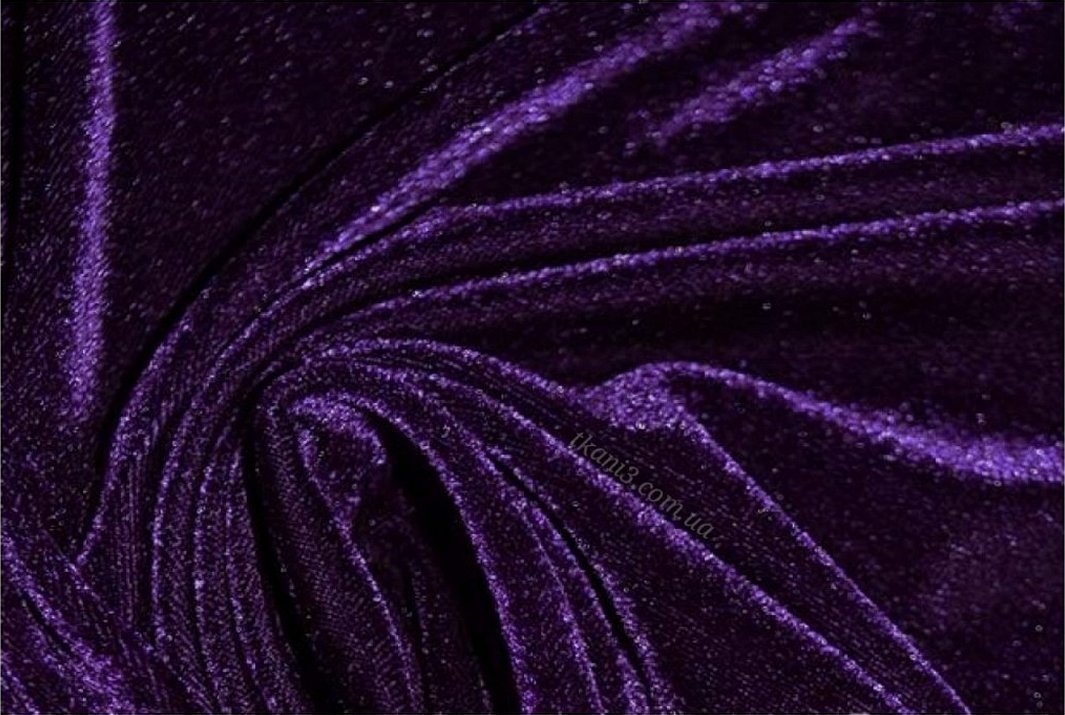
Varieties by manufacturing method:
- Smooth - with a uniform texture.
- Shaped - with a clear pattern, the pile is inclined, the height and color are not fixed.
- Embossed - the print is formed by different arrangements of the pile.
- Printed - distinguished by its bright colors.
Prices
Velour fabric for furniture upholstery is more expensive than its analogues, but this price is justified by its high quality and durability. Usually, the cost is determined by the price of the material from which the fabric is made. The higher the percentage of natural fibers, the higher the price, and vice versa, the higher the proportion of synthetic or artificial components, the lower the cost.

Thus, synthetic velour (with 0% natural component) is a fairly affordable material, although it still remains more expensive than most other fabrics (from 1000 rubles per linear meter)*.
The price of cotton velour is comparable to the price of the furniture itself.
Care of products at home
Like any fabric, velour upholstery collects dust over time and is not protected from dirt. Therefore, it should be cleaned by vacuuming every 2-3 weeks.
Regular disinfection is a must, especially if you have pets in the house. A steamer helps with this: just add a disinfectant. Dirty or greasy areas should be cleaned with a soap solution using a sponge.

Brushes are used to clean ribs, edges and other hard-to-reach places. This is especially important for the velour fabric of the sofa, as it gets dirty faster and is damaged by pets' claws.
Important! The material does not react well to intensive rubbing, so it is better to first soak the dirt, then gently rub it with a rag or similar material in the direction of the pile.
To remove grease stains, use soda, diluting it with water to a thick paste. There are also specialized cleaning products.
Please note! Synthetic products should not contain bleaches or aggressive alkaline components that can damage the upholstery.
Description of characteristics
The material has its advantages and disadvantages. Its undeniable advantages include:
- durability;
- attractive, luxurious appearance;
- color fastness;
- no accumulation of static charge (velour upholstery collects less dust than other types of fabric);
- resistance to wear and tear;
- relative ease of maintenance.
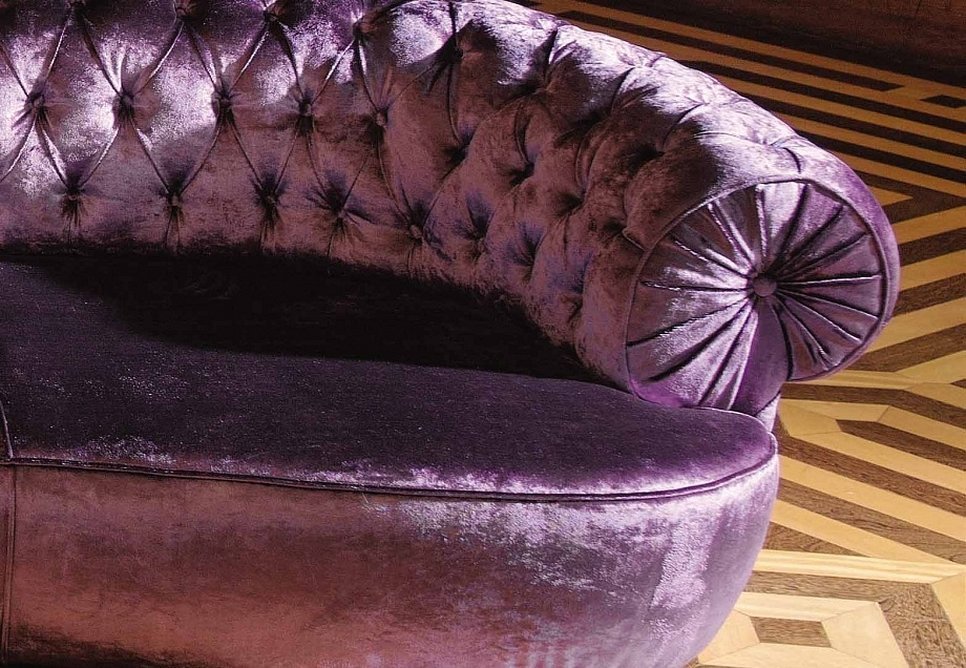
Disadvantages of velour material:
- does not tolerate fat well;
- prone to rapid contamination;
- attracts pet hair;
- high cost;
- susceptible to damage from cat claws, especially velour sofas.
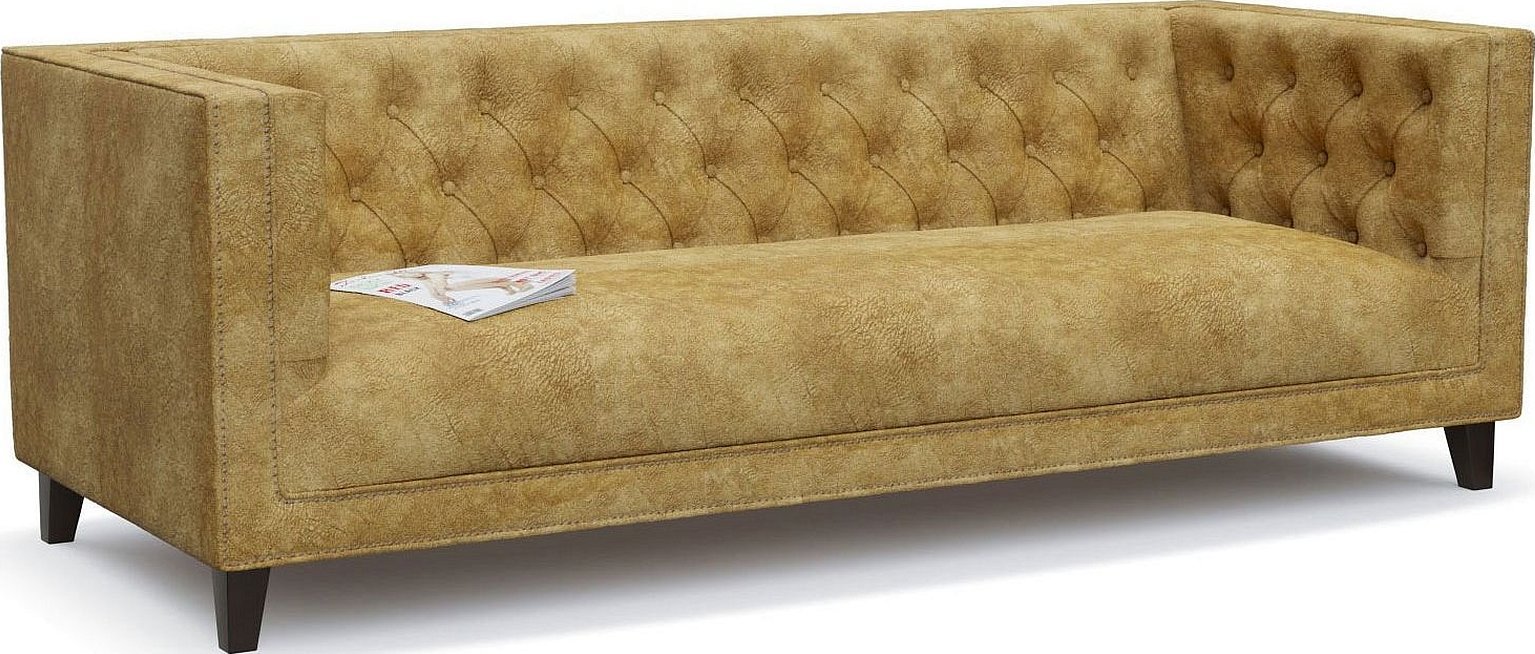
Useful information. There are currently many anti-vandal products offered by the industry that have additional protection. These include anti-claw upholstery fabric, which is resistant to pet claws.
When re-upholstering upholstered furniture, this type of fabric can be used, which eliminates one of the disadvantages. An example of such fabric for the Lambre sofa is a material with a density of 49.6 g / m2, which remains soft and beautiful. A thin protective layer is applied to the surface of the Lambre sofa, which prevents the accumulation of wool.
Reviews
Anna Petrova, 25, Ufa, housewife. “We inherited a sofa from our parents from the Soviet era, and it turned out to be quite durable. However, its appearance left much to be desired. We decided to reupholster it and chose velour. My husband did the reupholstery himself, and, lo and behold, we got a completely new sofa in a rich green color with soft, luxurious upholstery, which we placed in the living room. Our friends still can’t believe that this is an old sofa.”
Ivan Karpov, 34, Magnitogorsk, driver. "There is a wide range of furniture in furniture stores today. When choosing furniture for our new apartment, despite the somewhat high price, we chose the option with velour upholstery and were very pleased. Firstly, it looks very beautiful, and secondly, this furniture is practical (it does not get dirty), so it seems more luxurious."
Nina, 54, Zlatoust, furniture store manager. "With the beginning of summer, there is traditionally a decline in furniture sales. At the moment, buyers prefer upholstered furniture (sofas, sofas, armchairs). The most popular is furniture with velour upholstery. I think it is beautiful, practical and looks impeccable."
Products covered with velour will most likely never go out of fashion, as quality and aesthetics will always be a priority for buyers. Despite the high price, the beauty, practicality and durability of such furniture will continue to make this material used for upholstery attractive to consumers.
*price is valid as of January 2019.



